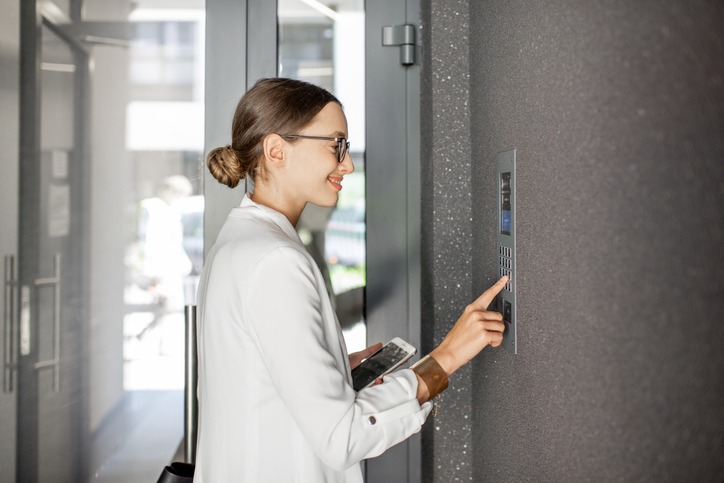These days, when it comes to security, businesses tend to prioritise their online presence, which means physical security is often overlooked. This guide emphasises the importance of physical security, implementation strategies, and outlines the role of employees in maintaining a secure work environment.
Start with Risk Assessment
Conducting a risk assessment of your business premises is the foundation for your physical security strategy. This process involves identifying potential threats, assessing vulnerabilities, and estimating the likelihood and impact of potential security breaches.
From evaluating the structural integrity of your windows and doors to inspecting the effectiveness of current security measures, a comprehensive assessment covers every possible aspect. It also includes assessing potential threats outside your control, such as environmental risks or local crime rates.
These findings are crucial because they form a firm foundation for your physical security plan, guiding you towards the most effective measures to mitigate those risks.
Physical Security Measures
Next, assess your existing physical security measures and consider if you need to extend them.
Securing the building’s perimeter
Securing the building’s perimeter is crucial for enhancing physical security. Installing fencing and lighting can deter unauthorised entry, making it difficult for intruders to access the premises. Consider using tall and dense fences for better protection. Bright, motion-sensor floodlights improve visibility at night and act as a deterrent.
Closed-circuit television (CCTV) systems provide comprehensive security by monitoring all areas 24/7, recording activity for potential investigations, and deterring intruders. Install cameras at entrances, exits, and vulnerable areas.
Access control
Access control is integral to any comprehensive security strategy, regulating who can enter the premises or specific areas within it. Keycard systems provide a straightforward and effective solution; they grant access to those with valid cards, allowing you to track entry and exit times.
On the other hand, biometric systems use unique biological characteristics, such as fingerprints or eye patterns, for authentication, offering enhanced security. Both keycards and biometric systems provide the capability to instantly revoke access, reinforcing the overall safety of your business premises.
Securing internal areas
Securing your internal areas is as important as securing the perimeters. This includes installing secure doors with robust locking systems in sensitive areas to prevent unauthorised access. Consider integrating these with your access control system to enhance security further.
Also, safes or secure cabinets are strongly recommended for storing valuables, sensitive documents, and critical equipment. This deters internal theft and protects your assets in the event of a break-in, ensuring your business operations can quickly recover.
Employee Training
Employee training forms a crucial pillar of an effective physical security strategy. Employees are the eyes and ears of an organisation, and their awareness and understanding can significantly enhance security. By educating them about potential threats, proper security protocols, and the importance of following these measures, businesses create a culture of security that reduces risks and improves overall safety.
Not only that, but employee training programs should also focus on teaching staff how to identify and report suspicious behaviour or activities, adding an additional layer of protection to the business premises.
Securing Your Business
If you need to upgrade or improve your business security, contact Security Masters today for expert advice and help.

